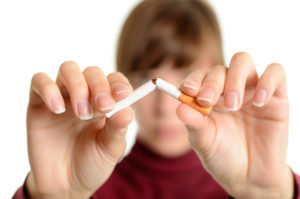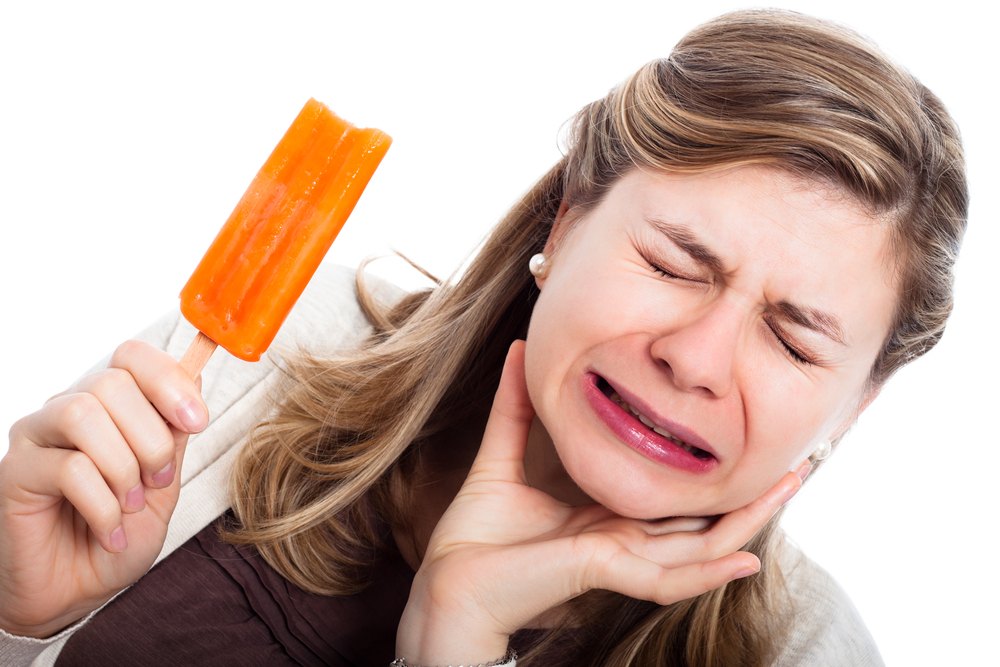What is COVID?
COVID-19 is a newly discovered infectious virus that causes corona disease. It causes mild to severe acute respiratory syndromes SARS. These respiratory illnesses can lead to severe consequences if not taken care of. COVID-19 is thought to be prevalent in older, immune-compromised, or patients with other underlying systemic diseases such as diabetes, cardiovascular, respiratory diseases, etc.
How COVID is transferred?
According to WHO, COVID-19 is a droplet infection, that can be easily transferred to human to human via air or via surfaces.
Via airborne: If the salivary or nasal droplets from an infected individual are inhaled by a healthy individual, there are chances to a greater extent than, the healthy individual will develop this viral infection.
Via surfaces: Cross-contamination is a cycle through which the infected droplets can cause this infection indirectly. The cross-contamination cycle is as follows infected hands from an infected individual touch the surfaces or objects, these vary surfaces are now infected with COVID-19. Now, if a healthy person touches these surfaces or carry the objects and touches his/her face or eat any food/drink with those contaminated hands, he/she transfer this virus into the body.
How COVID spread can be prevented in dental offices?
Dental offices use rotary and motor-driven power instruments for various dental treatments such as scaling, polishing, cavity preparation, crown, etc. The sonics, ultrasonics hand-pieces, air-water syringes are known to produce aerosols and visible spatter. These aerosols remain in the air for a longer period of time and transmit via inhalation or when land on the surfaces, to the patients and dental staff and surrounding dental operatory as well. Another way this infection spreads is through surface and object contamination from humans to inanimate and from inanimate to humans. For example, from dental instruments, dental units, to patients and to the dental practitioners or vice versa.
Usage of Disinfection materials a Tooth and Go:
At Tooth and Go, we meticulously follow CDC recommend standard precautionary measures for every patient every day. All the precautionary measures that we take during dental procedures reduces or slow down the risk of transmitting this virus to the patients and to our dental health care practitioners.
Surface disinfection materials:
Surface disinfection is an important preventive process to keep the dental operatory safe and clean before setting a patient on a dental chair and after the patient treatment is complete. All the touchable surfaces within our dental operatory are clean and disinfect with EPA registered intermediate viral pathogen disinfectants.

Tube disinfection materials:
The dental unit is connected to the water system, which is necessary to regulate all the power-driven dental instruments. The water lines within the dental unit become saturated with bio-film and oral microorganisms and may enter the water system during procedures. Our dental health care practitioners thoroughly clean all the suction lines chemically with the help of tube disinfectants to remove all the bio-film, regularly before and after each patient. Unfortunately tube disinfection is in many countries quite rare, in covid-19 times this type of disinfection is very essential for patient safety. Fortunately Tooth& Go operates performs this type of disinfection using imported materials from Germany.

Impression disinfection materials:
Dental impressions are contaminated with oral microorganisms through saliva and blood thus viral pathogens can be transmitted to impressions easily. These viral pathogens can stay up to several days outside the body if not properly cleaned. We insure chair-side disinfection of impressions most commonly with sodium hypochloride to avoid laboratory sepsis.

Mouth-rinses:
Preprocedural mouth-rinse reduces the count of microorganisms in the patient’s mouth, which can be spread through spatter or aerosols produced by power-driven instruments during procedures.

Face shields:
Face shields along with protective eyewear provides protection against transmission of pathogens into the eyes. These inhibit the introduction of spatter and aerosols produced during the procedures.

Face masks:
Face masks protects the inhalation of infected droplets or aerosols. FDA approved surgical masks should be used in dental settings. If in case of suspected corona case, the N95 mask along with all other PPE are used in our clinic during procedures. Face masks should be worn and discarded properly after each use or in between the treatments if becomes wet.

Autoclaves:
Dental autoclave/sterilizer is an important machine in the dental office. Autoclaves use steam at high pressure and temperatures to sterilize the dental instruments and equipment at ease. Some autoclaves use dry heat to eliminate moisture. Autoclave cycle depends on the type of dental instruments to be sterilized, usually range from 6-45 minutes on an average.

Hand disinfection:
Hand hygiene is considered to be one of the most critical measures from transmitting organisms to patients or dental health care providers. Hand-washing(who-standard) with plain or antimicrobial soap followed by an alcohol-based rub before and after procedures, after contacting an infected surface or object and after removal of personal protective equipment, is of great importance.

Rubber dam:
Rubber dam/dental dam is a think piece of latex supported by metallic clamps, widely used during dental procedures to isolate the teeth being treated so that minimal contamination is achieved from saliva and blood. It is a great method to minimize and control the spread of aerosols containing saliva and blood into the surroundings.

Package seals for dental tools:
Dental tools are wrapped in steam, dry heat and chemical vapor-friendly packaging material (paper, plastic, cloth) to keep their sterility after sterilization. Sterilization date, sterilizer used and expiration date should be mentioned on the packages. The packages should be stored in clean and dry cabinets and inspection should be done before use. Our clinic follow all the necessary packaging procedure carefully and diligently.
We provide safety and security of both the patients and dental health care practitioners, by following standard precautions. This practice of standard precautions limit the spread of infection from individuals to individuals and to/from objects. It is also necessary that patients give authentic medical and dental histories to our dental health care practitioners, so that we provide accurate precautions and patient centered treatments to the patient in a hygienic environment.
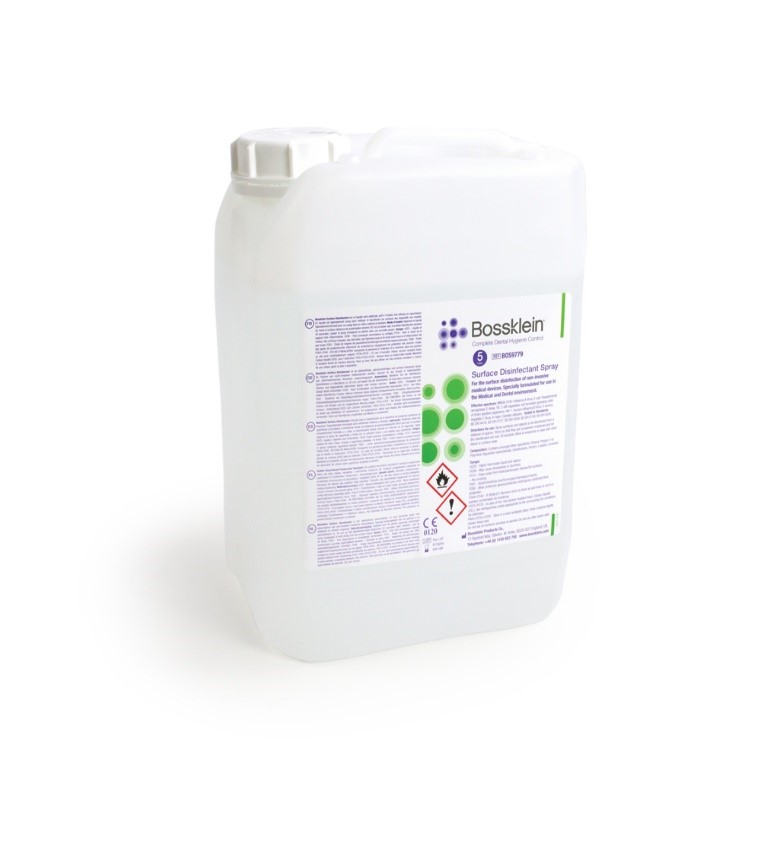
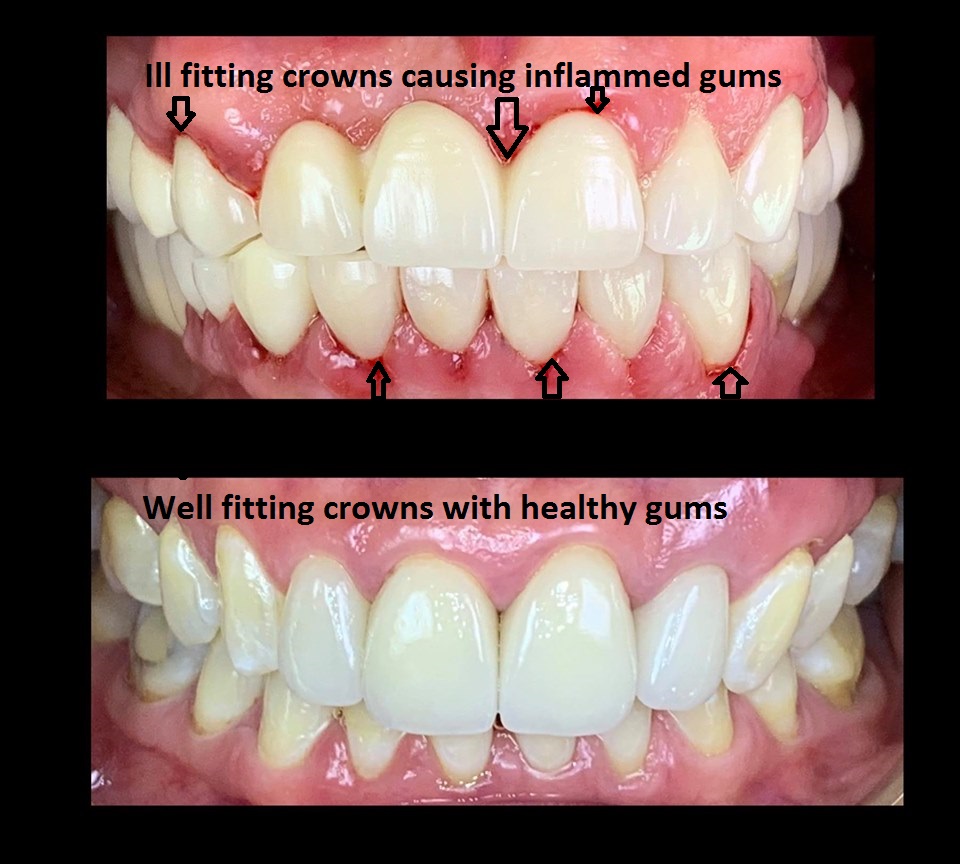
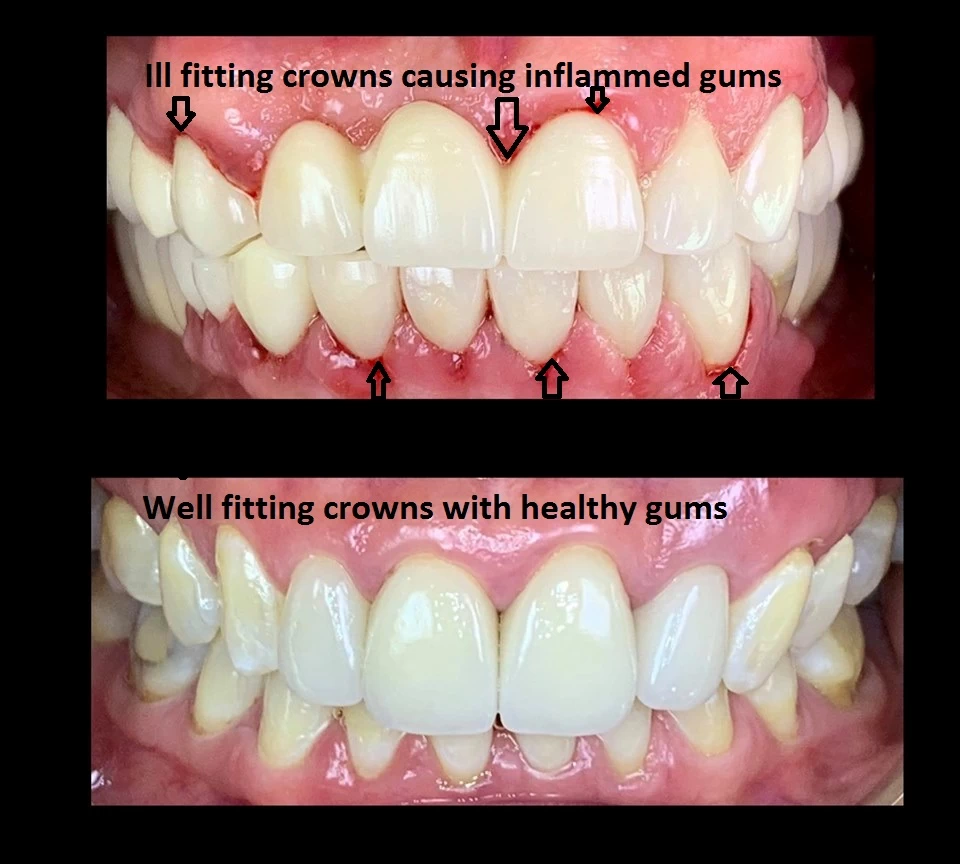

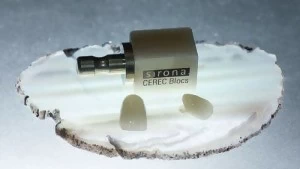
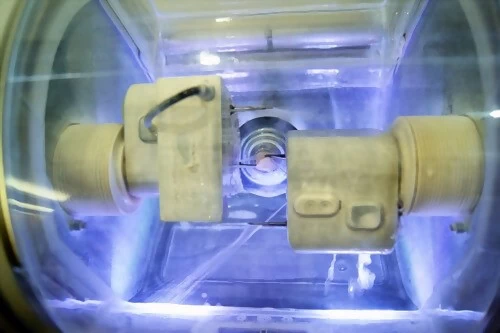
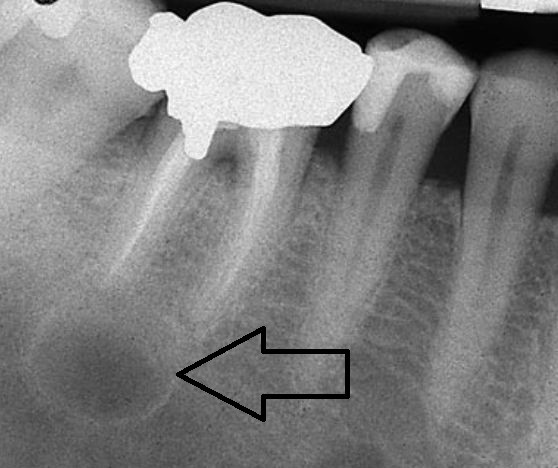
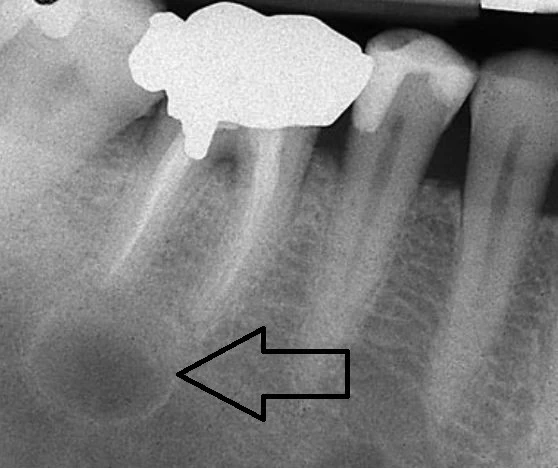
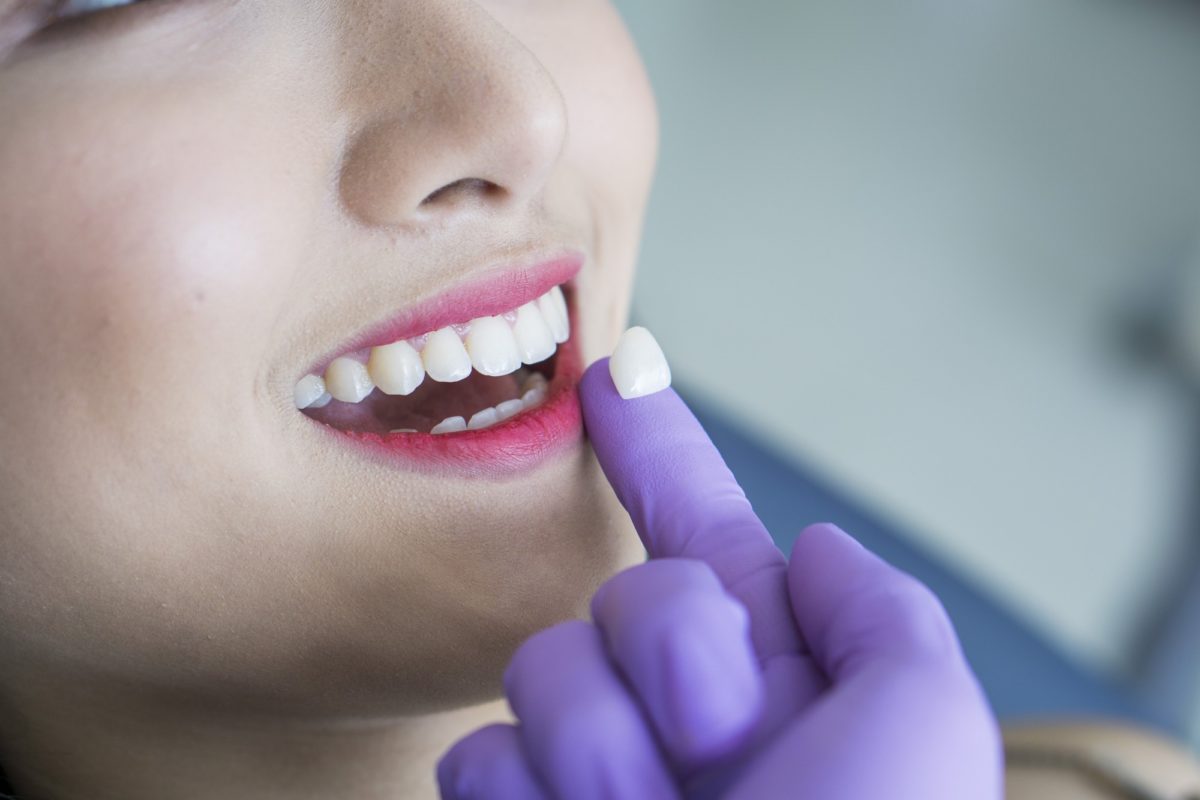
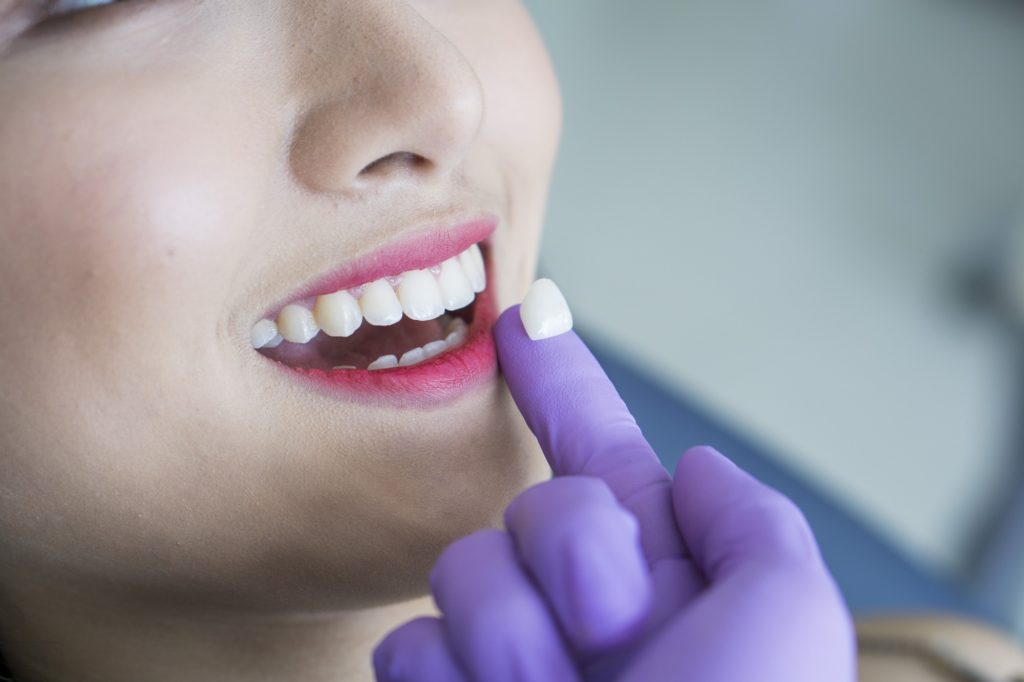
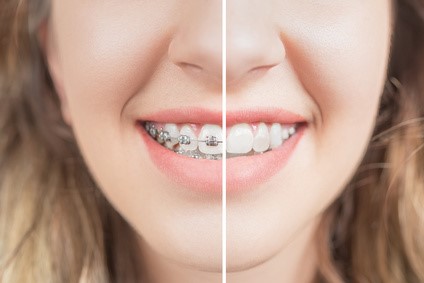









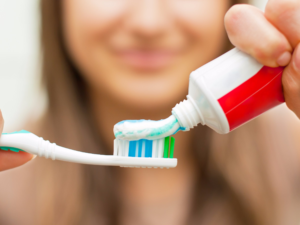
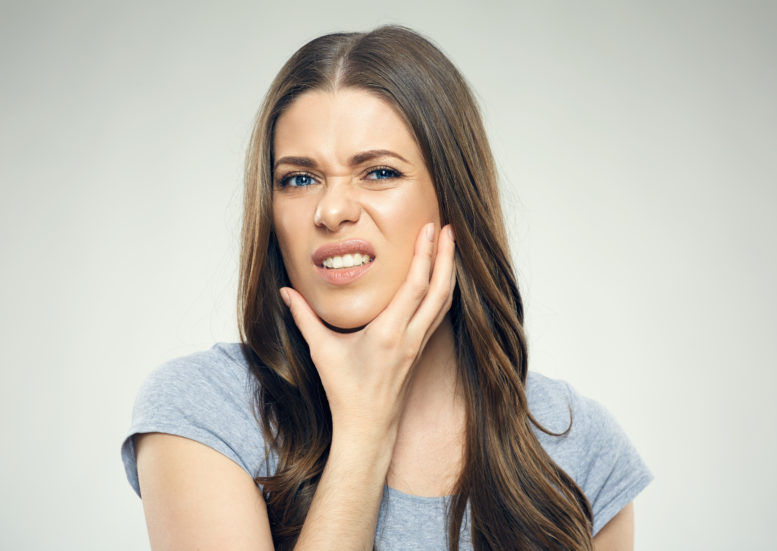
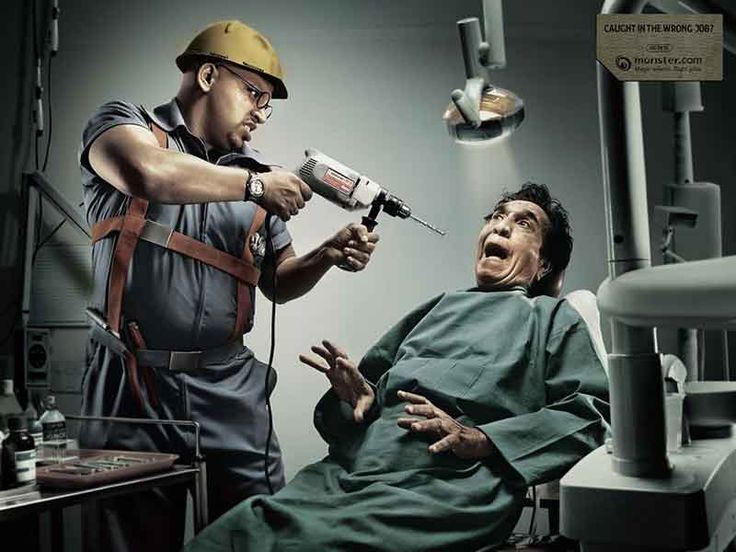
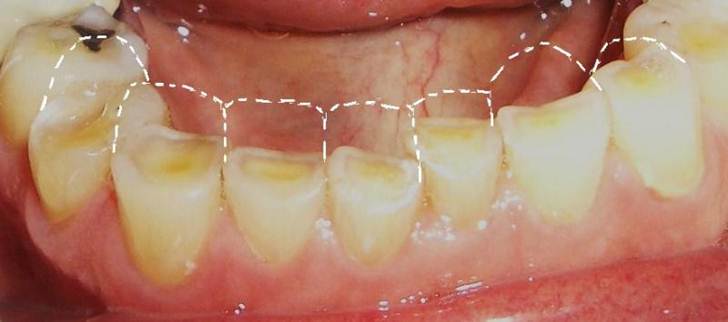



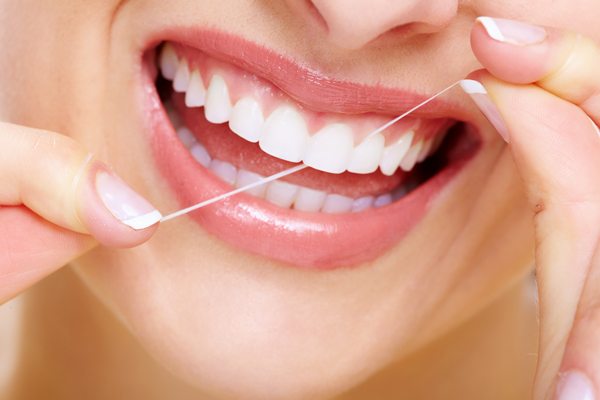
 This might sound like a cliché to many of you. The thing is that there are a lot of people that skip brushing twice a day. Others, on the other hand do not know how to brush properly. All of this affects your breath. If you do not brush the food particles left in your mouth will just add to the problem. Also the plaque that collects on the surfaces of the teeth contains bacteria that are one more cause of the unpleasant problem. This is why brushing twice a day and flossing once are very important. Other things that can help are the mouth washes and tongue cleaners.
This might sound like a cliché to many of you. The thing is that there are a lot of people that skip brushing twice a day. Others, on the other hand do not know how to brush properly. All of this affects your breath. If you do not brush the food particles left in your mouth will just add to the problem. Also the plaque that collects on the surfaces of the teeth contains bacteria that are one more cause of the unpleasant problem. This is why brushing twice a day and flossing once are very important. Other things that can help are the mouth washes and tongue cleaners.